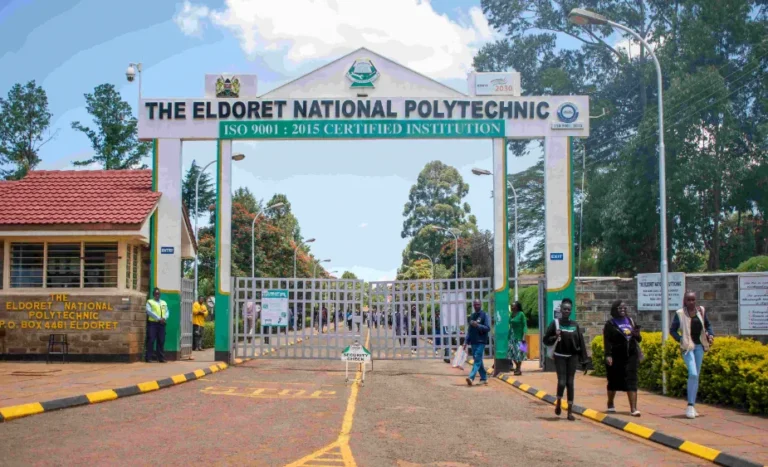
Health authorities in Mombasa are grappling with a sudden outbreak of Chikungunya, a mosquito-borne viral disease that has infected hundreds in the coastal city over the past month. The sharp rise in cases has overwhelmed local health facilities and triggered an urgent public health response from both county and national government agencies.
According to the Mombasa County Department of Health, more than 1,200 confirmed cases have been reported since early May, with thousands more suspected. The outbreak has been particularly severe in densely populated neighborhoods such as Likoni, Kisauni, and Changamwe, where sanitation challenges and stagnant water have created fertile breeding grounds for the Aedes mosquitoes responsible for transmitting the virus.
Background of Chikungunya
Chikungunya is a viral disease first identified in 1952 in southern Tanzania. The name comes from the Kimakonde language, meaning “to become contorted,” describing the stooped posture of patients suffering from severe joint pain. The disease is spread primarily by the bites of infected Aedes aegypti and Aedes albopictus mosquitoes, which also transmit Dengue and Zika viruses.
Outbreaks have occurred in Africa, Asia, Europe, and the Americas, with the virus re-emerging in cycles, often after periods of heavy rainfall and inadequate sanitation. In Kenya, previous Chikungunya outbreaks have been reported in Lamu and Mandera counties, but the scale and speed of the current Mombasa outbreak have alarmed experts.
First Cases in Mombasa
The first confirmed cases in Mombasa were identified in early May 2025 at the Coast General Teaching and Referral Hospital. Initially, patients reported fever, rash, and joint pain; symptoms that closely resemble other mosquito-borne diseases like Dengue and Malaria. However, lab tests conducted by the Kenya Medical Research Institute (KEMRI) confirmed Chikungunya as the causative virus.
Since then, infection numbers have risen sharply, prompting health officials to issue public warnings and deploy emergency medical teams to hotspot areas.
Chikungunya, while rarely fatal, causes severe flu-like symptoms and can lead to prolonged joint pain in some cases. The virus, which first appeared in East Africa in the 1950s, has made a resurgence in recent years due to changing climate patterns and rapid urbanization in coastal cities like Mombasa.
Public health experts attribute the current spike to heavy rains that flooded parts of the city in April, leaving pools of stagnant water in both public spaces and residential areas. These pools have become mosquito breeding hotspots, further complicating efforts to contain the outbreak.
In response, the county government has launched a city-wide vector control campaign, including widespread fumigation, distribution of treated mosquito nets, and a door-to-door awareness campaign about the importance of clearing stagnant water.
Meanwhile, local residents are expressing growing concern about the slow pace of intervention. In some informal settlements, clinics have run out of basic medications, and patients are forced to wait hours for care.
Medical professionals warn that if not controlled swiftly, the outbreak could expand to neighboring counties and even threaten the upcoming tourism season, which is critical for Mombasa’s economy.
Kenya’s Ministry of Health has confirmed it is monitoring the situation and working closely with the World Health Organization (WHO) and the Red Cross to support local containment efforts. A team of epidemiologists has been dispatched to Mombasa to assist in data collection and real-time case tracking.
For now, officials are urging residents to protect themselves by using insect repellents, sleeping under mosquito nets, and eliminating water-filled containers around their homes.
As the city battles the outbreak, the health crisis serves as a wake-up call for better urban planning, improved sanitation, and sustained public health investment in Kenya’s coastal regions.

